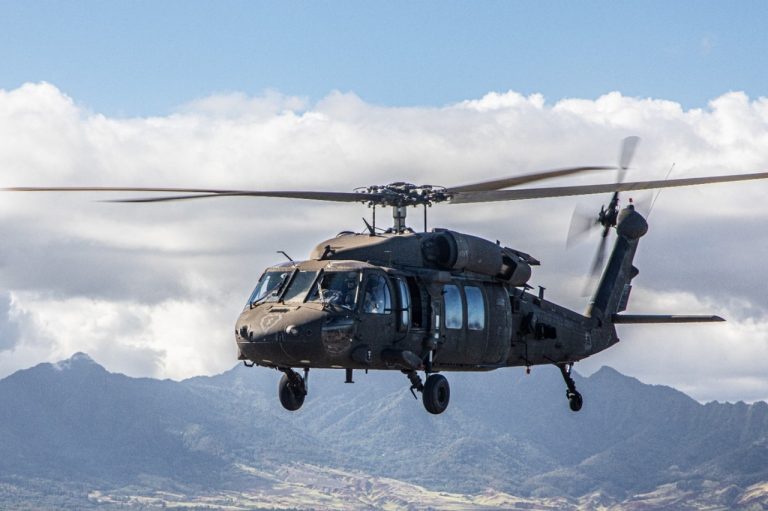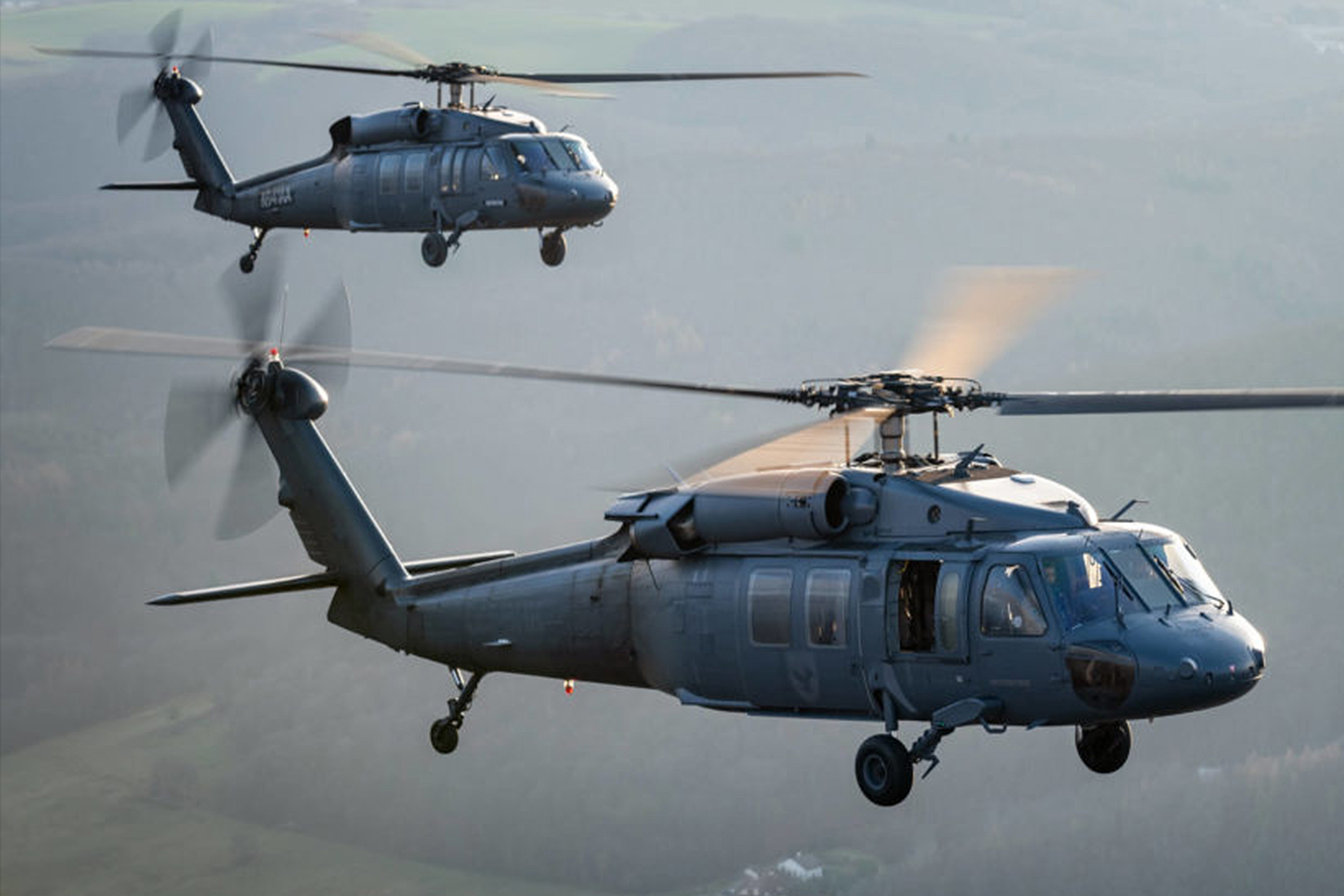UH 60 Technical Requirements and Efficiency Testimonial
UH 60 Technical Requirements and Efficiency Testimonial
Blog Article
A Comprehensive Overview to the Upkeep and Treatment of Aircraft for Longevity
The durability of an airplane hinges dramatically on its maintenance and treatment, necessitating a structured strategy to ensure optimal efficiency and safety and security. Understanding the complexities of these techniques can be complex; as a result, it is necessary to explore the important aspects that add to effective airplane care and the implications of ignoring these responsibilities.
Importance of Normal Upkeep
Normal maintenance is crucial for the safety, effectiveness, and durability of airplane. An organized method to upkeep makes sure that all components work efficiently, thus decreasing the threat of mechanical failure during procedure. Regular assessments and maintenance permit technicians to determine potential problems before they rise right into significant troubles, ensuring that the aircraft remains in conformity with aviation guidelines.
Moreover, maintaining an aircraft according to the supplier's guidelines is vital for protecting its value. A well-documented maintenance history can enhance resale potential customers and instill self-confidence in possible customers. In addition, regular upkeep adds to operational effectiveness, as it helps to maximize fuel intake and efficiency metrics, bring about set you back financial savings in time.
Additionally, routine upkeep adds to the total security of flight operations (uh 60). By resolving wear and tear quickly, operators can reduce risks related to aging aircraft systems. This proactive method not just shields the lives of guests and team yet also safeguards the aircraft itself versus tragic failings

Daily Inspection List
How can pilots and maintenance teams ensure the aircraft remains in ideal problem before each trip? The response hinges on a thorough day-to-day evaluation list, which acts as an essential method to identify potential concerns that could compromise safety and performance. This checklist must include several crucial locations, including exterior and indoor evaluations, as well as practical checks of vital systems.
Starting with the exterior, staffs must evaluate the airframe for any visible damage, leakages, or indicators of corrosion. Interest should be paid to control surface areas, touchdown equipment, and the condition of tires. Relocating to the inside, the staff should verify that all controls and instruments are operational, making sure that digital systems are working appropriately.

Along with structural checks, it is vital to check gas levels and validate that all needed papers, including enrollment and weight and balance info, depend on date. An evaluation of emergency equipment, including life vests and fire extinguishers, have to be conducted to make certain conformity with safety and security laws. By faithfully following this day-to-day examination checklist, pilots and upkeep crews can considerably enhance the security and integrity of their aircraft.
Scheduled Upkeep Programs
Set up maintenance programs are crucial for the long-lasting security and effectiveness of airplane operations. These programs are created to make certain that all airplane parts go through normal evaluations, maintenance, and necessary fixings at established intervals. By adhering to a structured maintenance routine, drivers can considerably reduce the danger of in-flight failures, improve airplane integrity, and prolong the life-span of vital elements.
Commonly, scheduled upkeep is classified right into various levels, including A, B, d, and c checks, each with unique requirements and thoroughness. A checks are usually a lot more constant and concentrate on standard small repair services and aesthetic evaluations, while D checks are extra thorough useful content and take place much less regularly, involving substantial disassembly and overhaul of the airplane.
Governing bodies, such as the FAA and EASA, mandate compliance with certain maintenance timetables based upon airplane kind and usage. Operators should keep precise records of all maintenance carried out to demonstrate compliance and promote inspections. The assimilation of predictive upkeep innovations can additionally enhance the performance of scheduled programs by identifying prospective issues before they intensify, thereby making certain that aircraft remain in optimal problem and prepared for risk-free operations.
Care for Aircraft Interiors
Looking after airplane insides is vital not just for guest convenience yet likewise for keeping the overall value and security of the aircraft. Regular cleansing and maintenance of the interior components add substantially to a favorable flying experience while protecting the aircraft's visual charm.
To make certain optimum care, it is necessary to establish a regular cleaning timetable that consists of vacuuming carpetings, wiping down surface areas, and disinfecting high-touch areas. Furniture and seats should be examined for deterioration, with any damages promptly resolved to avoid more damage. Furthermore, interest should be offered to the galley and lavatory locations, which call for extensive cleansing and restocking of materials to keep health.
In addition, using proper cleaner is crucial; severe chemicals can damage finishes and materials, so it is recommended to utilize items specifically designed for aircraft interiors. Routine evaluations should also be carried out to recognize any maintenance needs, such as replacing damaged seat covers or repairing home window tones. By prioritizing the treatment of aircraft insides, drivers can improve the overall guest experience and protect the investment in their airplane.
Recognizing Regulatory Conformity
Regulatory compliance is an essential facet of aircraft maintenance, commonly requiring drivers to comply with an intricate structure of local, national, and worldwide criteria. This framework is mostly established by aviation regulatory bodies such as the Federal Aeronautics Administration (FAA) in the USA and the European Union Aeronautics Safety Company (EASA) in Europe - uh 60. These companies state regulations that regulate numerous aspects of airplane maintenance, consisting of airworthiness, safety methods, and operational treatments

In addition, operators must remain educated about adjustments in regulations and get involved in training programs to make sure that their staff is experienced concerning compliance needs. Failure to abide with these regulations can result in serious fines, including penalties, grounding of airplane, or loss of accreditation. Understanding and adhering to regulative compliance is vital for the longevity and safety and security of airplane procedures.
Final Thought
In link verdict, the upkeep and care of airplane are critical for ensuring long life, safety, and operational performance. Focus to the airplane's inside and compliance with regulative standards considerably contribute to maintaining its value.
The durability of an aircraft pivots significantly on its upkeep and care, necessitating an organized method to make sure optimum efficiency and safety. By carefully following this daily inspection list, pilots and maintenance staffs can substantially boost the safety and security and dependability of their aircraft.
These programs are designed to ensure that all airplane parts undergo regular evaluations, upkeep, and required repair work at predetermined intervals. By prioritizing the care of airplane interiors, drivers can enhance the general passenger experience and protect the investment in their airplane.
In verdict, the maintenance and treatment of airplane are critical for ensuring durability, safety, and operational efficiency.
Report this page